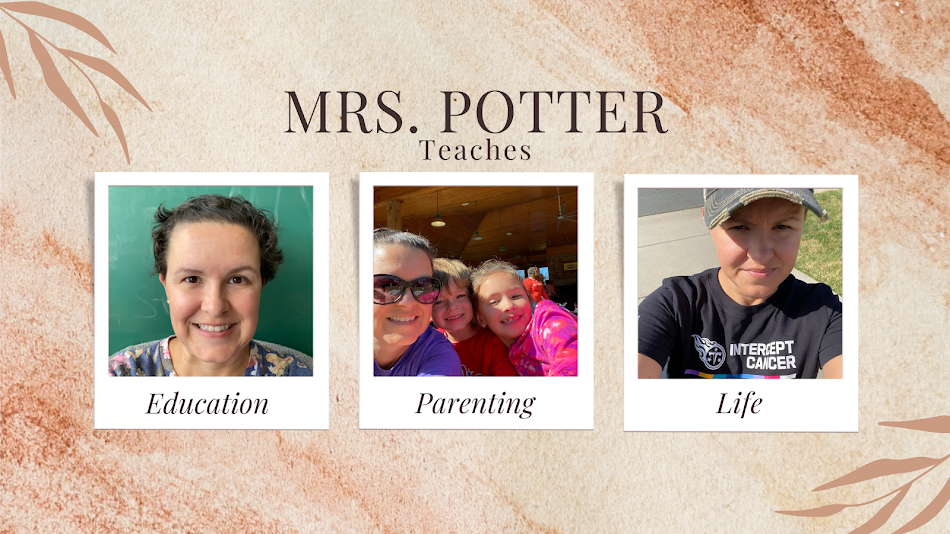I picked up this book from Amazon to broaden my horizon with the different cultures I teach in my classroom. This is a book that focuses A LOT on relationships and that is something that I feel I do pretty well with in my classroom, but it did help me open my eyes to things I have definitely done over the course of my 10 years in teaching.
The book is broken up into three parts. It starts off discussing mindset, because let's be honest, if you aren't willing to grow as an educator, then reading a book like this is going to be pointless. It then discusses the skillsets needed to be culturally and linguistically responsive (management, vocabulary, academic literacy, academic language, and learning environment). The last section makes you step back and take a look at yourself. Where are you currently at with being culturally and linguistically responsive, where should you go from here? One of my favorite things it he Appendices section that is FULL of resources that help teachers wherever they may be on their journey to being culturally and linguistically responsive.
Being culturally and linguistically responsive in your teaching practices "means that teachers jump into the pool with the learners, guide them with appropriate instruction, scaffold as necessary, and provide for independence when they are ready." I absolutely love the jumping in the pool metaphor. Think about it, when teaching kids how to swim, you don't stand on the side of the pool and tell them what to do, you jump in the pool and show them. We must do the same with teaching.
Taking a moment to be vulnerable... I will be honest. I have often corrected students for their language. I am not just talking about those students who are learning the English language, I am also talking about those students who may speak a vernacular of English. This book made me realize that their language is not wrong, it is part of their culture. The suggestion that Hollie gives in the book is teaching the students to "translate" to academic language, rather than "correcting" their language. This is so important because teaching the students to "translate" to academic language in the school building teaches them that there is nothing wrong with the language they are speaking at home.
Here are some takeaways from the book:
- be an advocate for those who cannot advocate for themselves
- culture is not the same as race, there are so many cultures within one race and we need to be mindful of that
- language as culture, "our language is a representation of our heritage, including family, community, and history"
- "students are not the problem but rather the source of the solution", such an important mindset to have in the teaching world. If we dig deeper to understand students, we will stop seeing them as the problem.
- language comes with a variety of linguistic behaviors, we must validate and affirm these different behaviors rather than looking at them as deficits
- "respect is not given on general principle; it is earned over time"
- some behaviors that schools deem as negative, are just cultural behaviors; acknowledge the culture then redirect to school culture
- the goal of being culturally and linguistically responsive is to adjust our teaching in order to meet the needs of students who are "culturally misunderstood"



No comments:
Post a Comment